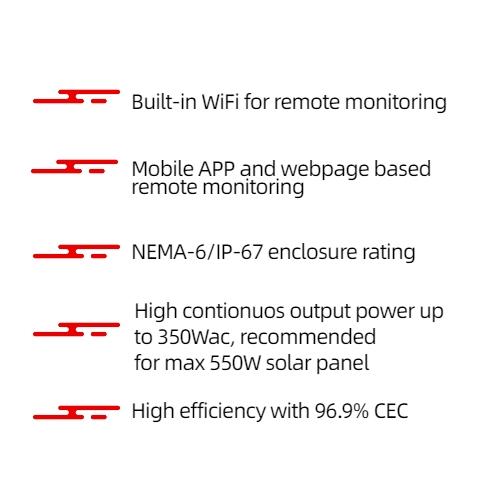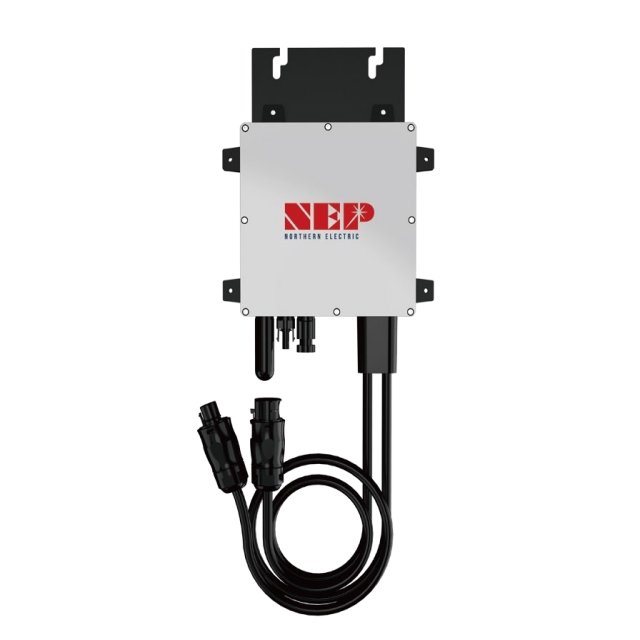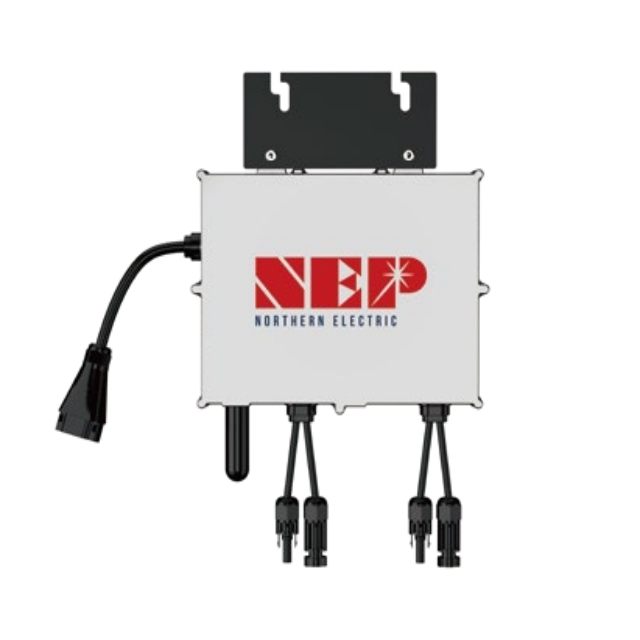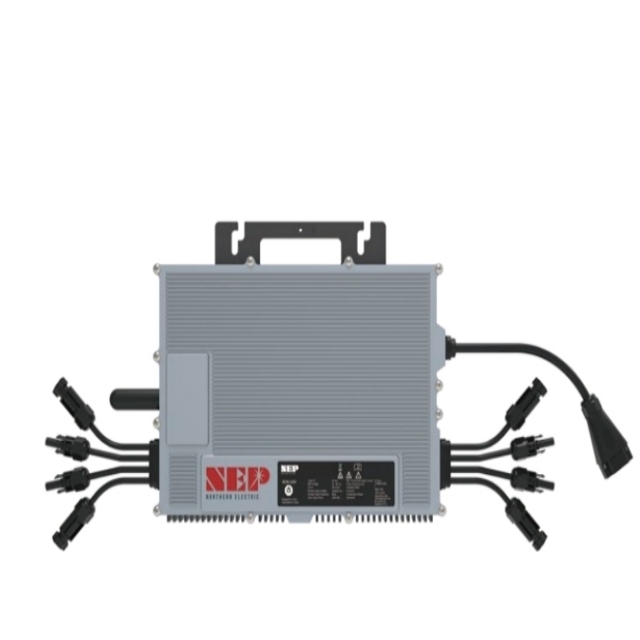![]() Price:
Negotiable
Price:
Negotiable
![]() Model: BLD Micro Inverter
Model: BLD Micro Inverter
![]() Power: 400W
Power: 400W
![]() Operating Temperature:
-40 ~ +65°C
Operating Temperature:
-40 ~ +65°C
![]() Weight: 1.5KG
Weight: 1.5KG
![]() Protection Class:
IP67
Protection Class:
IP67
![]() Dimensions: 268*250*42mm
Dimensions: 268*250*42mm
![]() Display:
Display:
![]() Cooling:
Cooling:
![]() Conversion Efficiency:
97.6%
Conversion Efficiency:
97.6%
![]() Certification: CE,
ISO
Certification: CE,
ISO
![]() Minimum Order Quantity:
1 SET
Minimum Order Quantity:
1 SET
![]() Trading Method:
FOB/CIF/EXW Xiamen Port
Trading Method:
FOB/CIF/EXW Xiamen Port
![]() Delivery Time: 90
Days
Delivery Time: 90
Days
![]() Place of Origin:
CHINA.
Place of Origin:
CHINA.
A micro inverter with a power rating of 400W is suitable for smaller residential or commercial-scale solar installations. It can accommodate a single solar panel or multiple panels wired in parallel, as long as the combined power output does not exceed its maximum input power rating.It’s important to note that the power rating of the micro inverter should match or be slightly higher than the power output of the connected solar panel(s) to ensure optimal performance.

Best Solar Micro Inverter Technical date:
|
AC power rating |
350/400W |
|
Max. AC output current |
10A |
|
Averaged efficiency |
95.50% |
|
Number of feed-in phases |
1 |
|
Number of MPP trackers |
1 |
|
Dimensions |
268 x 250 x 42mm |

Technical Features:
1. Input Voltage Range: It supports a specific range of DC input voltage from the solar panel(s), typically around 22-60 volts, depending on the model.
2. Maximum Input Current: The micro inverter can handle a maximum DC input current, which is dependent on the input voltage and power rating.
3. Conversion Efficiency: It has a conversion efficiency that indicates how effectively it can convert the DC power generated by the solar panel(s) into usable AC power.
4. Monitoring and Communication: It may include built-in monitoring and communication capabilities. This allows for remote monitoring of the system’s performance, as well as the ability to communicate with a central monitoring system or a mobile app.
5. Durability and Protection: Micro inverters are built to withstand outdoor conditions. They typically have protective features such as IP65-rated enclosures, which provide resistance against dust and water.
6. Grid Connectivity: The micro inverter is designed to meet the grid requirements and guidelines for safe and reliable connection to the electrical grid.
7. Temperature Range: It has a specified operating temperature range within which it can function optimally. This range ensures that the micro inverter can handle temperature variations encountered in real-world environments.
8. Safety Features: It incorporates safety features like anti-islanding protection, which prevents the micro inverter from energizing the grid during a power outage. It may also include features such as overvoltage protection, overcurrent protection, and reverse polarity protection.
Best Micro Inverter Product Applications:
Residential Solar PV Systems: Micro inverters are commonly used in residential solar panel installations. They provide individual panel monitoring, maximize energy production, and increase system safety. They are particularly suitable for residential installations where space is limited or shading is a concern.
Commercial and Industrial Solar PV Systems: Micro inverters are also employed in larger-scale commercial and industrial solar projects. Their flexibility allows for the use of different panel orientations, types, and shading conditions. The ability to monitor and manage each panel individually is valuable in commercial settings where system performance and maintenance are critical.
Off-grid and Hybrid Solar Systems: Micro inverters can be utilized in off-grid and hybrid solar systems, where energy storage or backup power is needed. By converting DC energy from solar panels into AC, micro inverters enable the use of solar power in remote areas or during power outages, providing a reliable and renewable energy source.
Best Micro Inverter Main Functions:
DC to AC Conversion: The primary function of a micro inverter is to convert the direct current (DC) produced by solar panels into alternating current (AC), which is used to power household appliances and connected to the grid.
Maximum Power Point Tracking (MPPT): Micro inverters employ MPPT technology to ensure that the solar panels operate at their maximum efficiency. They constantly monitor the output of each panel and adjust the voltage and current to optimize power generation.
Panel-Level Monitoring: Micro inverters provide individual monitoring of each solar panel. This enables detailed analysis of panel performance, allowing for early identification and troubleshooting of any issues such as shading, degradation, or damage affecting specific panels.

Solar Micro Inverters are innovative devices designed for converting the direct current (DC) produced by solar panels into alternating current (AC) electricity. Unlike traditional strin...

A micro inverter with a power rating of 400W is suitable for smaller residential or commercial-scale solar installations. It can accommodate a single solar panel or multiple panels wire...

A 2000W microinverter is designed to handle a maximum power output of 2000 watts. It can be used with solar panels that have a combined power output of up to 2000 watts. Microinverters ...
